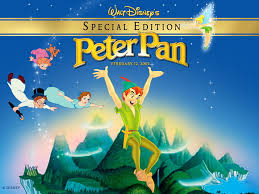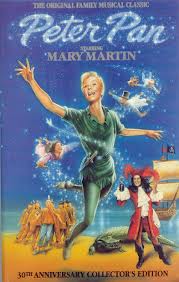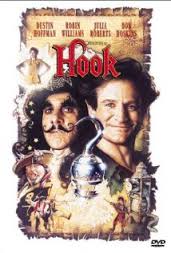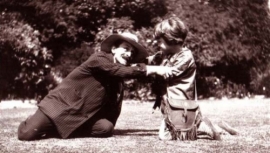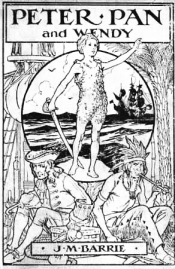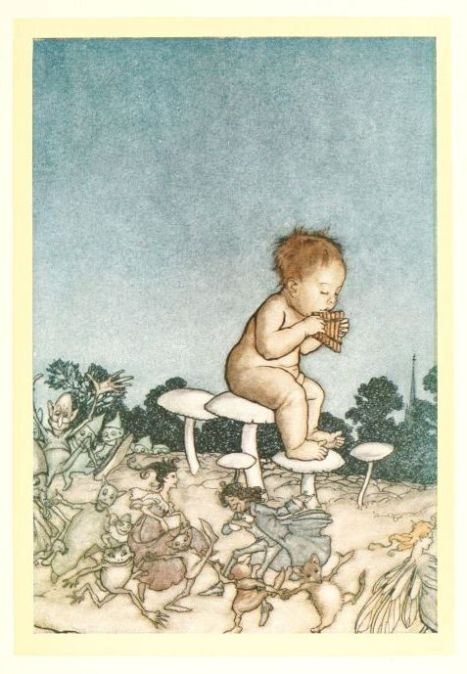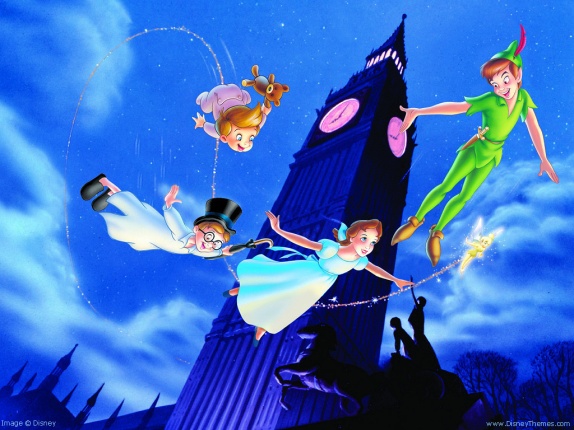
From the Disney adaptation of “Peter Pan”
Peter Pan in Kensington Gardens and, later, Peter and Wendy both present the well-known tales of Peter Pan, the boy protagonist and hero who never grew up. His story is arguably one of the most famous of the ones we’ve discussed in the class thus far and has really made a large impact on our society. These stories were huge successes not only at the time that they were published but perhaps even more so in our contemporary society through several adaptations. However, as we are well-aware, time changes as well as ideologies and the mainstream society’s views on different things, and it calls to the forefront the question of whether or not this text is still suitable for children today. I believe that this is a question worth further examining.
I feel that there are many points in the text that are worth questioning, such as Peter’s explicit disregard for reality, the fact that he essentially kidnaps other children from their homes to take them to another land, and the troublesome adventures that often lead the characters to danger and sometimes near-death. In today’s society, where the protection of children is at the forefront of national media and parents are fearful of letting their children wander outside without supervision, these legal and parental guardians may not want their children learning the stories of other children who were whisked off and away via flight to Neverland, where they could battle pirates and crocodiles with the somewhat poorly influential new boy. However, with these little concerns put to the side, I think that the bigger picture can be looked at that this is one of the most influential and entertaining stories ever written for children.
This text provides something that many others do not—the glorification of what childhood actually is. J. M. Barrie suffered from several mental, physical, and emotional hindrances, which led him to live in a childlike state for the entirety of his life. He wrote these stories as an outlet to provide himself a means of living vicariously through his main character in order to preserve the beauty of childhood. I think that any reader can find this through his words and learn to love the purity and adventure that comes with childhood. The Peter Pan stories are essentially a glorification of childhood and the craziness and entertainment that can come with allowing yourself to venture off to a newly created world in your imagination. I don’t believe that parents should worry as much about their children trying to fly off to other worlds and should instead focus on the building of their children’s imaginations. Childhood essentially only comes once for us, and we need to relish in it. I think that these stories really allow us to do so. While it is probably not suitable to live variously through the characters to the extreme that J. M. Barrie did, I do not believe that there is any harm in allowing any individual of any age in any era to read these stories and be led to their own vision of Neverland for a new and exciting adventure.



